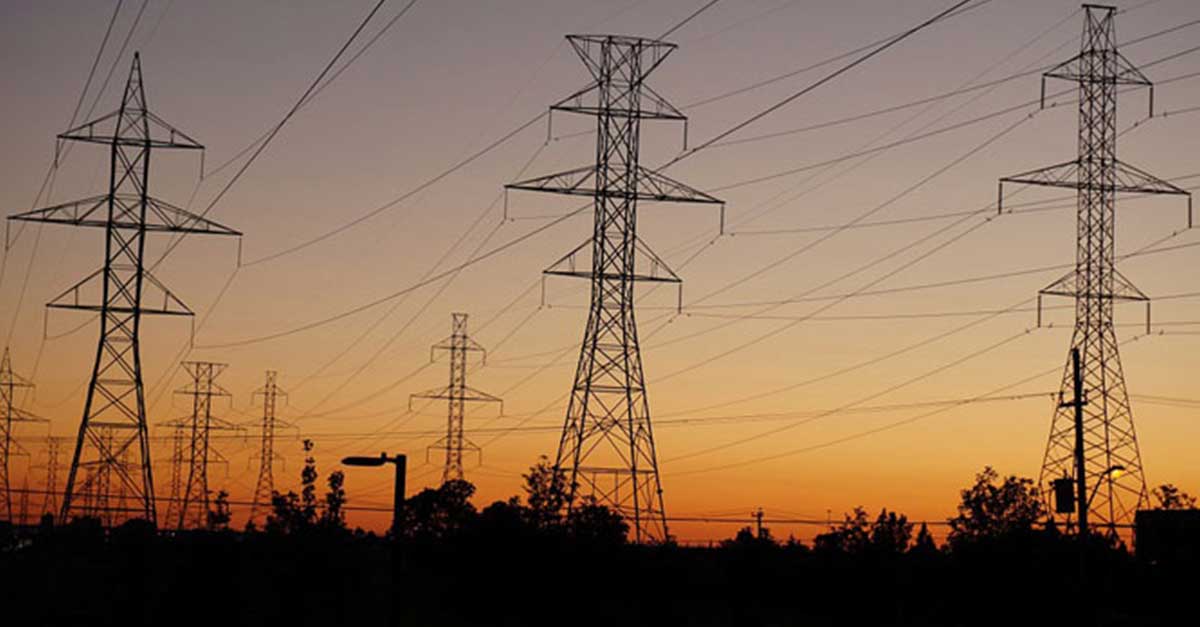Cambodia’s Prime Minister Hun Sen visited the opening of the new Lao-Cambodian border last Tuesday, and thanked the government of Laos for selling electricity at a cheap rate to Cambodia.
Experts have warned that Lao electricity prices are not as low as they seem, saying that a prolonged reliance upon imported energy from Laos means prices will remain higher for Cambodian consumers.
Electricity rates in Cambodia are among the highest in the region, with the most inexpensive option coming from the national grid. Prices vary from US $0.11 to $0.27 per kilowatt hour, compared to the low rate of just $0.07 paid by consumers in Laos.
Only about 25 percent of Cambodia is connected to the national grid, and some electricity suppliers use diesel fuel or charge transmission tariffs that can reach up to $1 per kilowatt hour.
Now experts are saying that Cambodia must not rely on Lao electricity imports, and must instead reduce costs by upgrading the national grid.
According to a recent article by the Phnom Penh Post, one expert has advised increasing solar power and focusing on coal in centralized generators for short and medum-term expansion of the national grid. This would be supplemented by solar-powered micro-grids in remote areas.
Another expert went on to say that these micro-grids could make a large impact on electricity supply and consumption, and would be entirely feasible for Electricite du Cambodge, the Cambodian state utility supplier.
While imported energy is a short-term solution to Cambodia’s energy shortage, relying on imports can leave the country exposed to market fluctuation, with potential additional costs passed along to consumers.
Cambodia is currently constructing the Lower Sesan II hydropower dam in northeastern Cambodia, which will produce approximately 400 megawatts of electricity. Many have criticized the project as harmful to the environment, and some experts have stated that dams alone will are not a suitable solution for Cambodia’s electricity shortage.
Source: Phnom Penh Post



